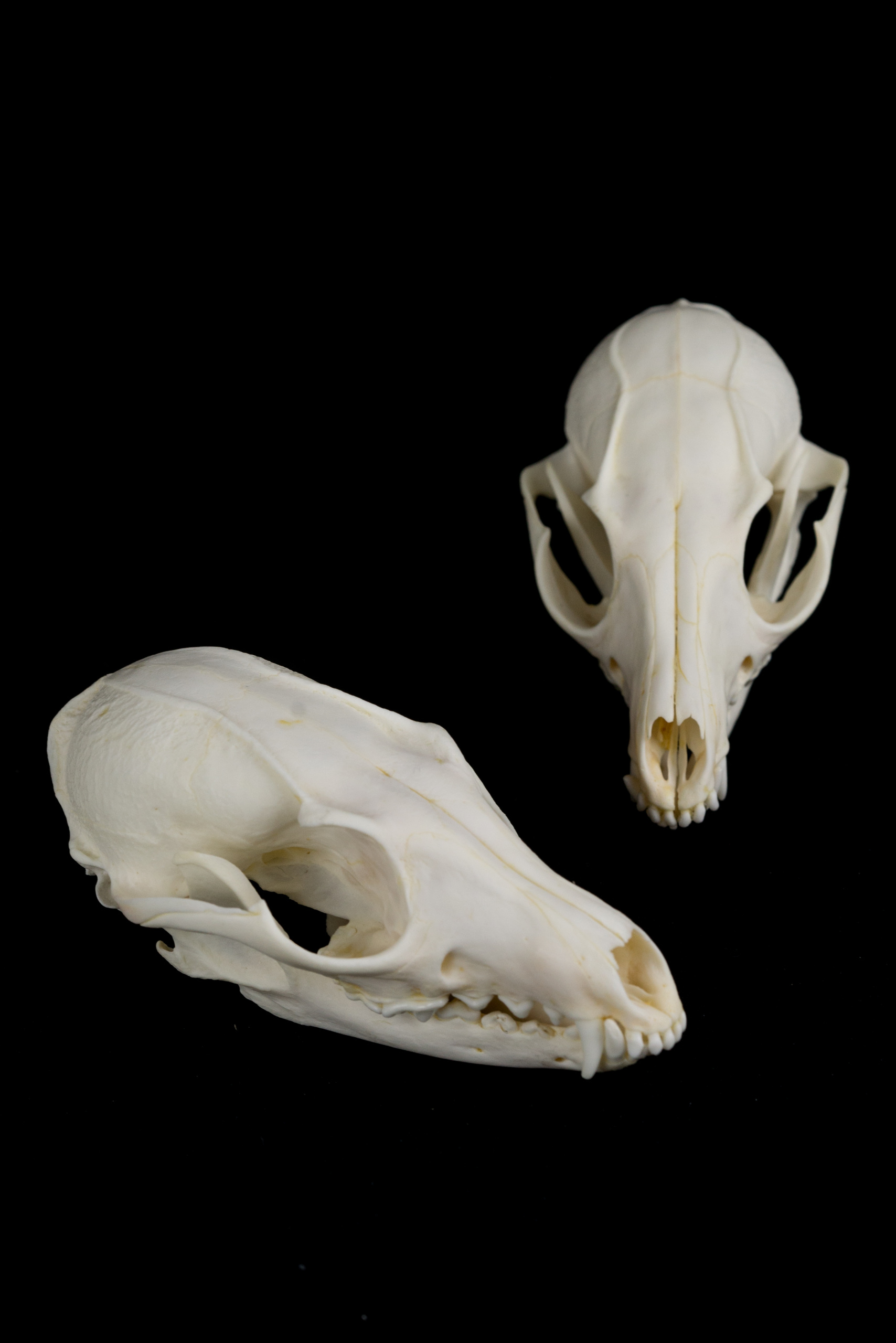
The Structure and Features of a Fox Skull
The fox skull, belonging to the family Canidae, is a marvel of nature's engineering. It possesses a unique combination of features that reflect the adaptability and predatory nature of these cunning creatures. The skull is composed of several intricate bones, each playing a specific role in the fox's survival.

At first glance, the most noticeable aspect of a fox skull is its elongated snout, also known as a rostrum. This characteristic snout allows the fox to have an acute sense of smell, aiding in locating prey and detecting potential dangers in its environment. The upper jawbone, known as the maxilla, supports sharp canine teeth that are crucial for capturing and tearing apart their prey.
Located towards the rear of the skull, the fox's braincase houses its brain, which is relatively large in proportion to its body size. This increased brain size is associated with the fox's remarkable problem-solving abilities and adaptability to various environments.
The Evolutionary Significance of a Fox Skull
The fox skull provides valuable insights into the evolutionary history of these intelligent hunters. Foxes belong to the Canidae family, which also includes wolves, coyotes, and domestic dogs. Through the study of their skulls, scientists have uncovered fascinating information about the evolution of this diverse group of mammals.

It is believed that the fox skull evolved over millions of years to suit the specific hunting strategies and habitats of different fox species. For instance, the Arctic fox has a shorter and rounder skull, which helps reduce heat loss in its cold environment. On the other hand, the swift fox, known for its exceptional speed, possesses a more elongated skull, aiding in swift movements during pursuit of prey.
Furthermore, the fox skull has undergone modifications to accommodate the unique dietary preferences of each species. Some foxes have adapted to a carnivorous diet, while others have become omnivorous, consuming a variety of plants and animals. These dietary adaptations are reflected in the shape and size of their skulls.
The Ecological Role of the Fox Skull
The fox skull plays a vital role in the ecological balance of various ecosystems. Foxes are considered keystone predators, meaning they have a significant impact on the populations of their prey species. By controlling the population of rodents and small mammals, foxes help maintain the balance in their respective habitats.

The adaptability of foxes, reflected in their skull structure, allows them to thrive in diverse environments ranging from forests to deserts. Their ability to hunt and scavenge for food ensures their survival even in challenging conditions. Foxes often play an essential role in controlling pests in agricultural areas, making them valuable allies to farmers.
The Cultural Significance of the Fox Skull
The fox skull holds cultural significance in various societies throughout history. In many indigenous cultures, it is considered a symbol of cunningness, adaptability, and intelligence. Folklore and mythology often depict foxes as clever and quick-witted creatures, capable of outsmarting their adversaries.

Furthermore, the fox skull has also been used in traditional medicine and spiritual practices. Its perceived mystical properties have led to its inclusion in rituals and ceremonies aimed at harnessing the fox's attributes or seeking protection from negative forces.
Conclusion
The fox skull is a testament to the remarkable adaptations and evolutionary journey of these cunning predators. Its structure, features, and cultural significance make it a subject of fascination and study for scientists, anthropologists, and enthusiasts alike. Exploring the intricate details of the fox skull not only deepens our understanding of this incredible creature but also highlights the interconnectedness of species within our ecosystems.